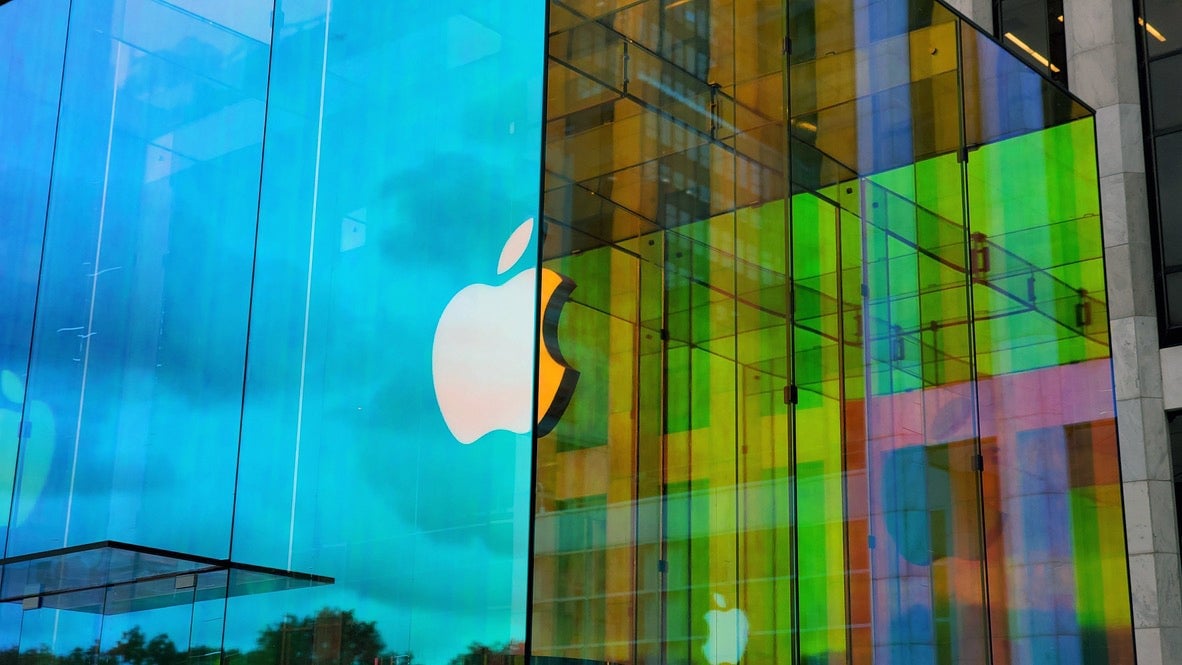There are signs of life for Apple beyond the iPhone
Apple successfully weathered the storm before its holiday quarter.


Apple successfully weathered the storm before its holiday quarter.
The company announced its fiscal fourth-quarter earnings today (Oct. 30), and although the company released its latest iPhones and Apple Watch in September, it was too late into the quarter for their sales to have much of an impact on revenue. Even though this is traditionally a slow period for the company, with many people holding off on big purchases until the forthcoming holiday season, Apple still had a solid quarter.
Apple recorded sales of $64.04 billion, slightly better than the $63 billion estimated by analysts surveyed by FactSet and a modest 2% increase over the $62.9 billion it posted in the same quarter last year. The numbers satisfied Wall Street, and the company’s stock price briefly jumped around 2% to about $248 in after-hours trading, but quickly fell back down to close to its closing price.
For years, Apple’s cash cow has been the iPhone, at times accounting for as much as two-thirds of the company’s revenue in a single quarter. But those numbers have been slipping lately, as the smartphone becomes increasingly commoditized, and consumer upgrade cycles lengthen. Sales of iPhones actually fell by over 9% in the quarter, from $36.8 billion last year to $33.6 billion this year. Which makes the company’s revenue beat all the more impressive. The revenue gains were primarily driven by two categories: services and accessories.
The company’s services business maintained its status as Apple’s second-largest segment, by a wide margin. The business includes sales of games, apps, subscriptions, Apple Pay fees, and music. As consumers hold onto their phones for longer, it’s become an important source of revenue to help Apple prop up its sales to levels acceptable to Wall Street, even as iPhone sales falter. In both the second and third quarters of the year, Apple generated roughly $11.5 billion in services revenue. This quarter, it posted $12.5 billion, a 26% jump over the $9.9 billion it posted in the same quarter last year. In just this quarter alone, Apple’s services business would stand as the 258th company on the Fortune 500, just beating out Bed Bath & Beyond.
It’s likely Apple’s services revenue will keep its hot streak going. On Nov. 1, Apple will launch Apple TV+, its new original-content streaming product that will be folded into the services business. Although early reviews of its shows have been mixed, it’s safe to assume that a sizable portion of the owners of the 1.5 billion-or-so active iOS devices around the world will sign up. There’s a free one-year trial for anyone who buys a new iOS device within the first year, and the service itself will only cost $5 per month.
Beyond services, Apple’s recently renamed “Wearables, Home and Accessories” division had a massive quarter. It posted $6.52 billion in revenue for the quarter, a gain of nearly 55% over the same period last year. Although the latest iteration of its wireless earbuds, the AirPods Pro, were just released today, the rest of Apple’s strong accessories lineup—including the second-generation AirPods released in March, the excellent Apple Watch, and solid new Beats headphones—have likely accounted for much of the growth. Apple also saw some growth in its iPad business, which generated about $4.6 billion for the quarter (up about 17% over last year), likely due to the most recent iPad Pro and additional new iPad models targeted at a broader audience.
Apple is still struggling to find its footings in burgeoning markets like China and India, where it’s fighting uphill battles against local regulations and cheap competitors. Sales in China dropped by about 2% to $11.1 billion, and rose by about 6% to $3.66 billion in Apple’s “Rest of Asia Pacific” market, which doesn’t include China or Japan.
All eyes will be on Apple’s next quarter, traditionally its strongest by far, when the West shops for holiday gifts. Last year, the company generated $84.3 billion in revenue in its first fiscal quarter for 2019, and the company seems to expect that its new products are going to be popular. In its guidance, Apple said that it expects to generate between $85.5 billion and $89.5 billion in revenue in the first quarter of 2020, and if it manages to come in at the top end, it would likely be the company’s strongest single quarter to date. If that comes to pass, it’ll be interesting to see how much of that revenue will come from new iPhone sales, or other products. That being said, on Apple’s earnings call, CEO Tim Cook did say that the iPhone 11 had already become the company’s best-selling iPhone since going on sale.